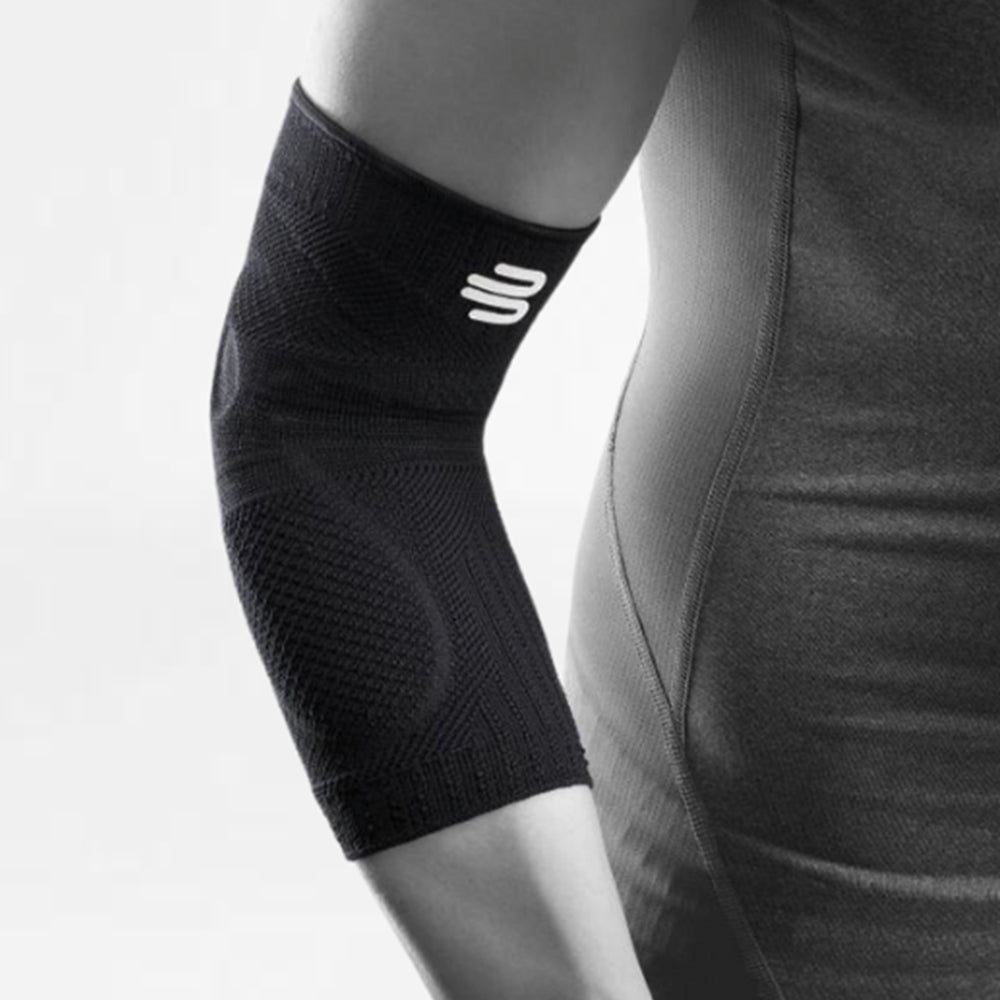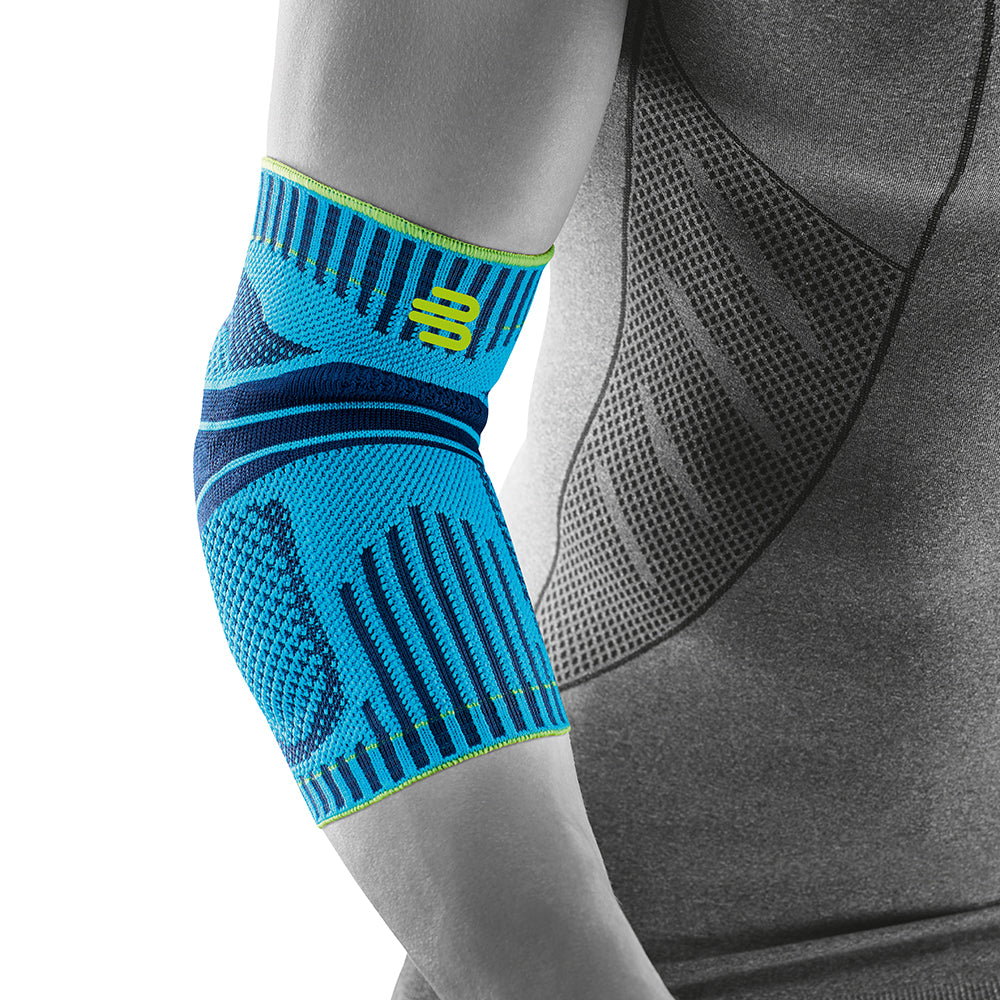Sport is dedication, sport is passion – and sometimes it pushes you to your physical limits. You know that, and with each training session, you want to push your limits a little further. That means your body has to function properly. Your knees in particular are the pivotal point for mobility and quick acceleration. We’d like to help you with our expertise to provide your knees with the support they need for top performance.

No matter which sport you love: we want to help you support your knees as effectively as possible and prevent knee pain. Find out more about our knee products and how they can support you when pursuing your sport on our knee subject page.
Your knee: a true miracle
- The knee joint is the largest joint in the human body. It is connected to the largest human muscle, the quadriceps on the front of the thigh, via the kneecap.
- It is the central joint for all sprinting and jumping movements, the key movements in most sports.
- The knee has been designed to withstand a great deal of strain. When walking quickly, we subject it to three to four times our body weight; when going downhill, it is as much as eight times. When running, this figure increases to nine to eleven times. For short intervals, the knee can bear a load of up to 1.5 tons in weight.
- A sophisticated system consisting of bones, ligaments, muscles, and cartilage ensures the high level of knee mobility. Three bones meet in the knee: the femur, tibia, and patella. Two cartilage disks, the menisci, keep the femur in its position and absorb shocks at the same time.
- The powerful quadriceps, the central thigh muscle, is particularly important for the knee. It consists of four muscle parts that, when interacting, ensure, for example, the extension of the lower leg and the correct positioning of the kneecap.
- The knee joint is enclosed by a large joint capsule. On the outside, it features numerous receptors that gather and transmit information about the position of the joint as well as the tensile and compressive forces exerted on it. The joint capsule produces synovial fluid inwards which is crucial for the metabolism.
- Weak hip muscles or those that have developed on one side only, or problems with the ankle can also be responsible for knee pain. Suitable exercises can help you in the long term to prevent inappropriate mechanical stress on your knees and pain.

























